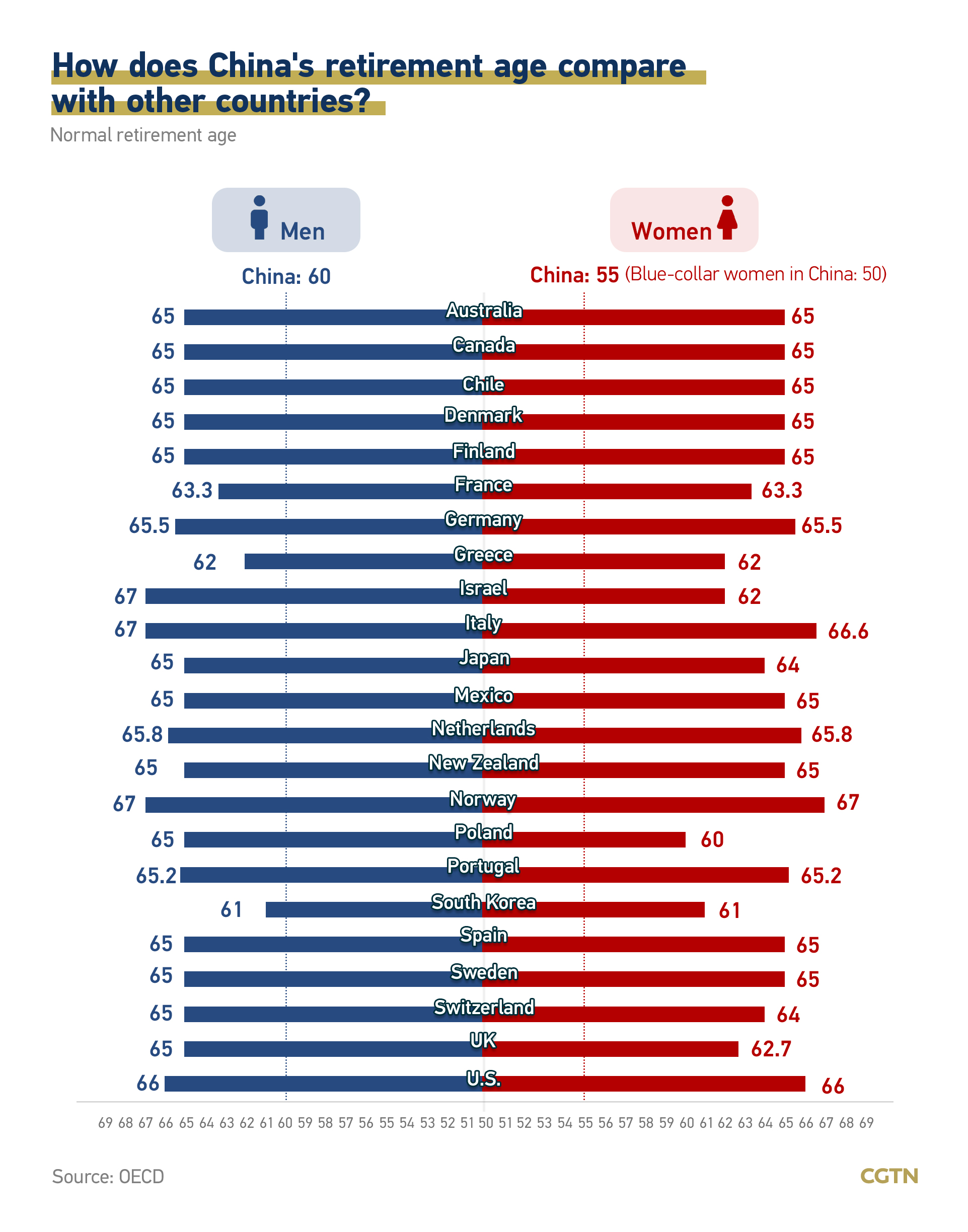China Raises Retirement Age: A Historic Shift
In a significant policy change, China has announced plans to raise its retirement age for the first time since the 1950s. This decision comes as the country grapples with a rapidly aging population and a shrinking workforce, which pose serious challenges to its economy and social security system. The new retirement age will be implemented gradually, starting on January 1, 2025, and is expected to be fully phased in over a period of 15 years.
Details of the Retirement Age Increase
The current retirement age in China is 60 years for men, 50 years for women in blue-collar jobs, and 55 years for women in white-collar jobs. Under the new policy, the retirement age for men will be raised to 63 years, while for women, it will be adjusted to 55 or 58 years, depending on their job type. This change is aimed at addressing the demographic crisis that China faces, characterized by declining birth rates and an increasing number of elderly citizens.
Legislative Approval
The proposal to raise the retirement age was approved by China's top legislative body, the Standing Committee of the National People's Congress, on September 13, 2024. This legislative move is part of a broader strategy to reform the country's pension system and ensure its sustainability in the face of demographic shifts.
Context and Implications
China's decision to raise the retirement age is not an isolated event; it reflects a global trend where many countries are reconsidering their retirement policies due to similar demographic challenges. For instance, France faced major protests in 2023 when it attempted to raise its retirement age from 62 to 64. The situation in China, however, is particularly pressing, as it is projected that by 2035, the country will have around 400 million retirees, which could strain the state pension fund.

Economic Considerations
The economic implications of this policy change are significant. As the workforce ages, the government is under pressure to maintain economic growth while ensuring that the pension system remains viable. The gradual increase in the retirement age is seen as a necessary step to mitigate the potential economic downturn that could arise from a rapidly aging population.
Public Reaction
While the government views this policy as a necessary reform, it has been met with mixed reactions from the public. Many workers are concerned about the prospect of working longer, especially in a country where the retirement age has remained unchanged for decades. The potential for discontent among the workforce is a critical factor that the government will need to manage as it implements these changes.
International Comparisons
China's retirement age is currently among the lowest in the world. In comparison, many developed countries have already raised their retirement ages to cope with similar demographic challenges. For example, in Germany, the retirement age is set to rise to 67 years, while in Japan, it is also gradually increasing. This places additional pressure on China to align its policies with global standards to remain competitive.

The decision to raise the retirement age in China marks a pivotal moment in the country's demographic and economic policy. As the government prepares to implement this change, it will need to navigate the complexities of public sentiment, economic stability, and the sustainability of its pension system. The coming years will be crucial in determining how effectively China can adapt to its changing demographic landscape while maintaining social harmony and economic growth.
For more detailed information, you can read the full articles from reputable sources such as The New York Times, CNN, and Reuters.





